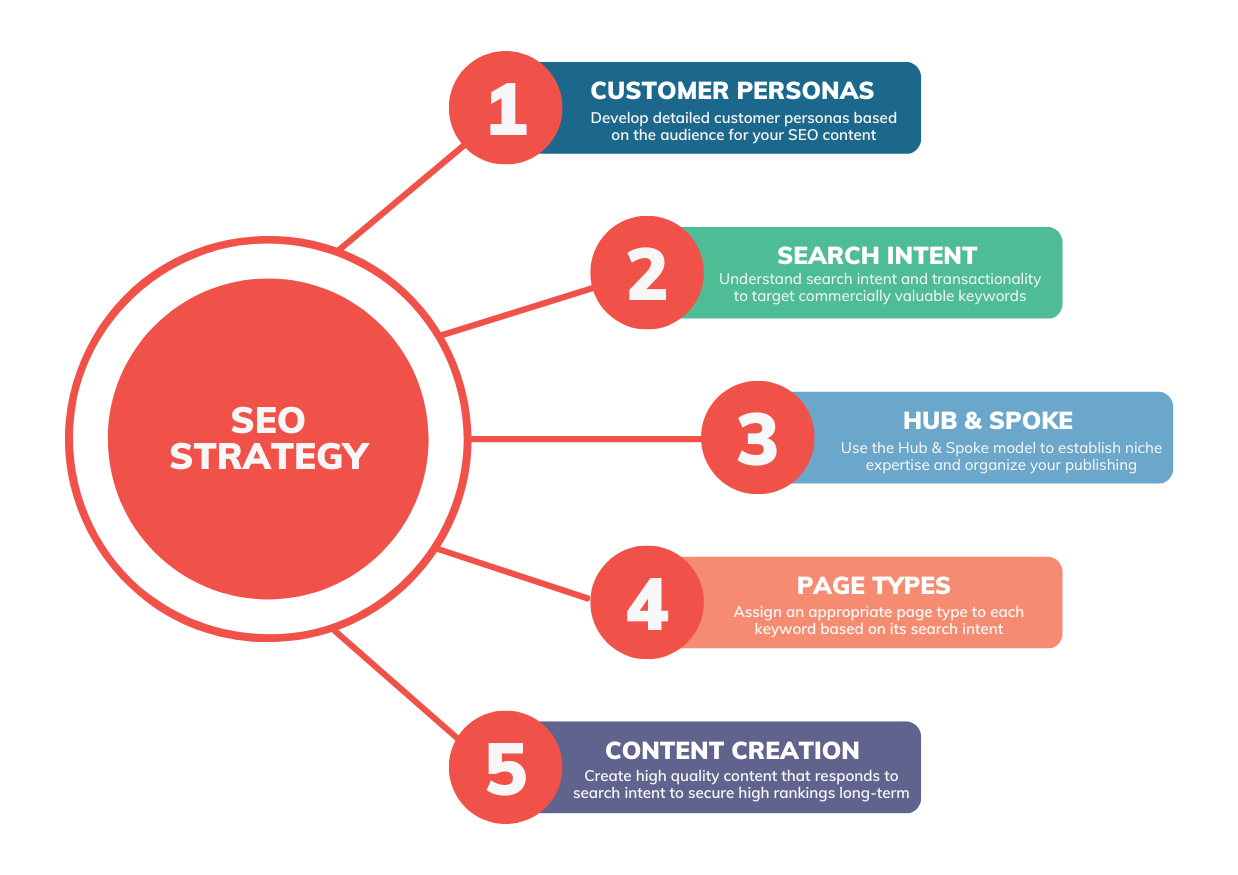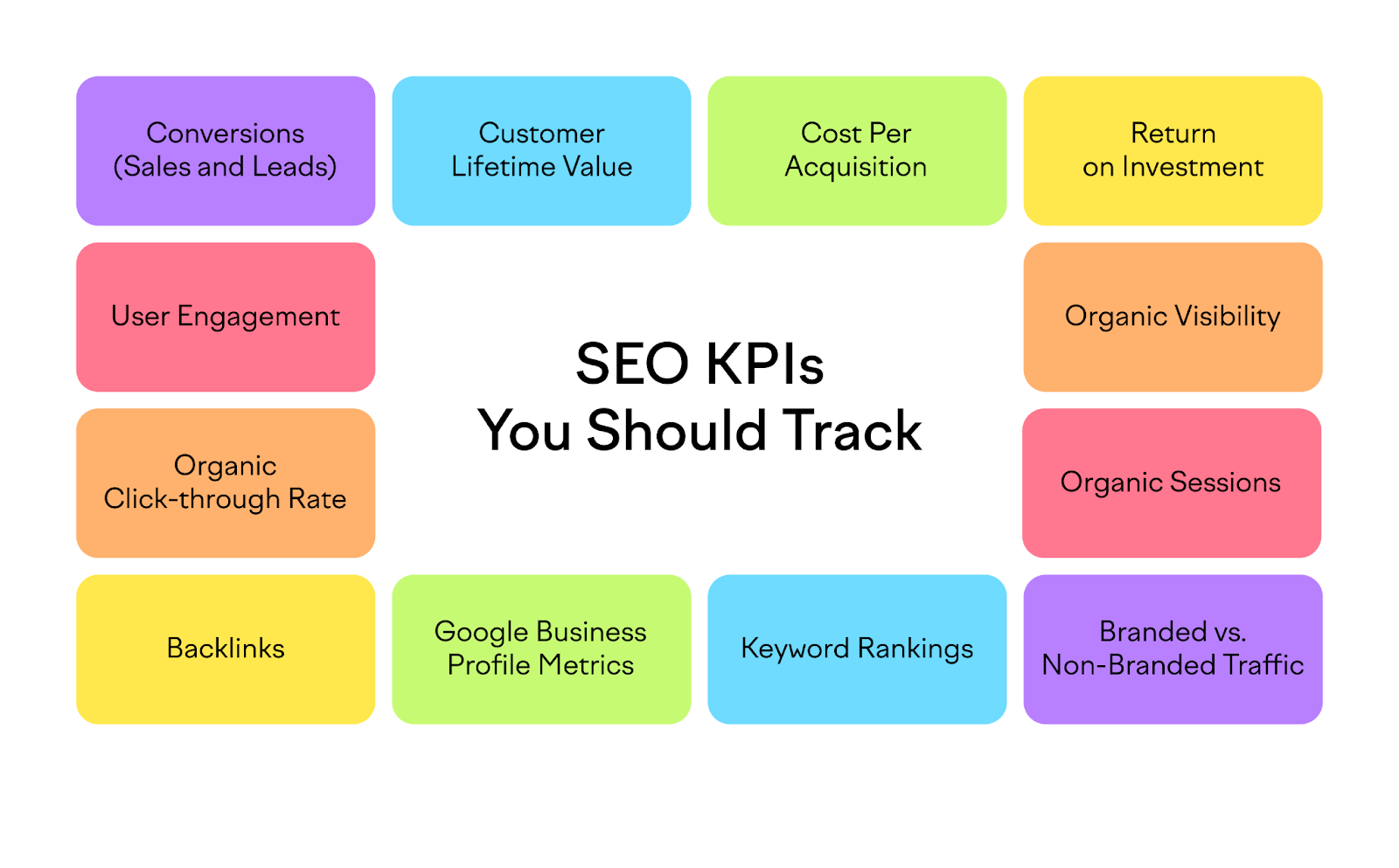
Revolutionize your online presence and soar to the pinnacle of search enginerankings with our comprehensive guide on Take Your SEO To The Topstrategy to unparalleled heights. In today's digital landscape, mastering the art of search engine optimizationis paramount to standing out amidst the competitive online sphere. Dive into this expertly crafted resource where we unpack the intricacies of SEO, equipping you with a robust arsenal of techniques, tips, and insider secrets that will propel your website to the forefront of search engine results.
Explore cutting-edge methodologies designed to amplify your website's visibility and organic traffic. From deciphering the algorithms that govern search engine rankings to leveraging impactful keyword strategies and optimizing contentfor maximum engagement, this guide delves deep into the core facets of SEOsuccess. Uncover the power of link building, understand the nuances of on-page and off-page optimization, and harness the potential of analytics to refine your approach.
10 Surefire Strategies To Catapult Your SEO To The Top
Optimizing your website for search engines can be a daunting task, but it's essential for driving organic traffic to your site. Here are 10 surefire strategies to catapult yourSEO to the top:
1. Seek help from an SEOexpert if needed -If you're feeling overwhelmed by SEO, don't be afraid to seek help from an expert. An SEO expert can help you develop a comprehensive SEO strategyand make sure that your website is optimized for success.
2. Don't give up -SEO is a long-term game, and it takes time to see results. Don't get discouraged if you don't see immediate results. Just keep at it and eventually you will see your website start to climb the search rankings.
3. Stay up-to-date on SEO trends -The world of SEO is constantly changing, so it's important to stay up-to-date on the latest trends and best practices. There are a number of different resources that you can use to stay informed, such as blogs, industry publications, and conferences.
4. Track your results and make adjustments as needed -It's important to track your SEO progress so you can see what's working and what's not. There are a number of different tools that you can use to track your rankings, traffic, and other important SEO metrics.
5. Promote your content on social media-Social media is a great way to promote your content and drive traffic to your website. When you share your content on social media, be sure to use relevant hashtags and tag influential people in your industry.
6. Optimize your website for local search -If you have a local business, you need to optimize your website for local search. This means making sure that your website is listed in local directories, that you have a strong presence on Google My Business, and that you are using relevant local keywords throughout your website.
7. Build backlinks-Backlinks are links from other websites to your own. They are a powerful signal to search engines that your website is authoritative and trustworthy. The more high-quality backlinks you have, the higher your website will rank in search results.
8. Optimize your website for technical SEO-Technical SEOrefers to the behind-the-scenesaspects of your website that can affect your search rankings. This includes things like website speed, mobile-friendliness, and structured data markup.
9. Create high-quality content -Once you know your target keywords, you need to create content that is relevant, informative, and engaging. This will help you attract and retain visitors to your site, and it will also signal to search engines that your website is a valuable resource.
10. Conduct thorough keyword research -Keywords are the phrases that people type into search engines to find information. By identifying the right keywords for your target audience, you can ensure that your website is appearing in front of the right people at the right time.
By following these 10 strategies, you can catapult your SEO to the top and achieve your website's full potential.
Here Are Some Additional Tips For Catapulting Your SEO To The Top:
- Use long-tail keywords -Long-tail keywords are more specific than short-tail keywords, which means they are less competitive and easier to rank for.
- Optimize your website for voice search -Voice search is becoming increasingly popular, so it's important to make sure that your website is optimized for voice search queries.
- Use high-quality images and videos -Images and videos can help to break up your text and make your content more engaging. They can also help to improve your website's ranking in search results.
- Make sure your website is easy to navigate -Visitors should be able to easily find what they're looking for on your website.
- Use a call to action (CTA) -A CTA is a button or link that tells visitors what you want them to do, such as signing up for a newsletter or making a purchase.
Improve High-Potential Pages
Improving high-potential pages involves identifying pages on your website that have the potential to rank higher in search engine results pages (SERPs) and drive more organic traffic. This process typically involves a combination of on-page and off-page SEO techniques.
1. On-page SEO -focuses on optimizing the content and structure of your website's pages to make them more relevant to search queries. Here are some key steps to improve high-potential pages on-page:
2. Internal Linking -Include internal links from other relevant pages on your website to the high-potential page to distribute link equity and signal importance.
3. User Experience-Optimize the user experience by making your page easy to navigate, visually appealing, and compatible with different devices.
4. Technical SEO -Technical SEO. Check for and address technical issues that could hinder search engine crawling and indexing, such as broken links, website speed, and mobile-friendliness.
5. Content Quality -Ensure your content is high-quality, informative, engaging, and provides value to your target audience.
6. Content Optimization-Incorporate target keywords naturally into your page's content, including the title tag, meta description, headings, and body text.
7. Keyword Research -Identify relevant keywords that align with the content of your page and the search terms your target audience is using.
- Off-page SEO -focuses on building backlinks from external websites to your high-potential pages. Backlinks are considered a vote of confidence by search engines, indicating that your content is valuable and trustworthy. Here are some strategies for building backlinks:
- Industry Involvement -Participate in industry events, forums, and online communities to build relationships and gain opportunities for backlinks.
- Social Media Promotion -Share your high-potential content on social media platforms to increase visibility and attract potential backlinks.
- Broken Link Building -Identify broken links on external websites and offer your high-potential page as a replacement.
- Resource Link Building -Reach out to websites that link to similar content and request a link to your high-potential page.
- Guest Blogging -Write high-quality guest posts on reputable websites in your industry and include backlinks to your high-potential pages.
Crafting An Effective SEO Strategy
Crafting an effective SEO strategyrequires a comprehensive approach that encompasses website optimization, content creation, and link building. Here's a step-by-step guide to creating an SEO strategy that gets results:
1. Define Your SEO Goals
- Set clear and measurable objectives -What do you want to achieve with SEO? Increase organic traffic, boost conversion rates, or improve brand awareness?
- Identify your target audience -Understand their needs, interests, and search behaviors.
2. Conduct Keyword Research
- Incorporate keywords naturally -Avoid keyword stuffing; use keywords strategically in titles, meta descriptions, headings, and content.
- Analyze search intent-Understand why people are searching for these keywords and what they expect to find.
- Brainstorm relevant keywords -Use tools like Google Keyword Planner to identify high-volume, low-competition keywords.
3. Optimize Your Website
- User Experience -Make your website easy to navigate, visually appealing, and compatible with different devices.
- On-page SEO -Optimize content with relevant keywords, clear headings, and internal links. Create high-quality, engaging content that provides value to visitors.
- Technical SEO -Ensure your website is crawlable and mobile-friendly. Optimize page loading speed and use structured data markup.
4. Create High-Quality Content
- Optimize for search intent-Ensure your content matches the intent behind the keywords you're targeting.
- Variety of content formats -Utilize a mix of blog posts, articles, infographics, videos, and other engaging content formats.
- Publish regularly -Create and publish fresh, informative, and relevant content that aligns with your target audience's interests.
5. Build Backlinks
- Monitor backlink profile -Regularly monitor your backlink profile to identify and address any spammy or low-quality backlinks.
- Diverse backlink sources -Utilize a variety of backlink-building strategies, such as guest blogging, resource link building, and social media promotion.
- Backlink quality -Focus on acquiring backlinks from reputable, high-authority websites in your industry.
6. Track And Measure Results
- Adapt to algorithm updates -Stay up-to-date with search engine algorithm updates and adjust your SEO strategy accordingly.
- Analyze data regularly -Review your SEO performance data regularly to identify areas for improvement and make adjustments to your strategy.
- Use SEO analytics tools -Track website traffic, keyword rankings, and other key metrics to measure the effectiveness of your SEO efforts.
Measuring And Analyzing SEO Performance Metrics
Measuring and analyzing SEO performance metrics is crucial for understanding the effectiveness of your SEO efforts and making data-driven decisions to improve your website's visibility and organic traffic. Here are some key metrics to track and analyze:
- Organic Traffic -Organic traffic refers to the number of visitors who arrive at your website from search engine results pages (SERPs) without clicking on ads. This metric indicates how well your website is ranking for relevant keywords and attracting organic search visitors.
- Click-Through Rate (CTR) -CTR is the percentage of users who click on your website link in search results. A high CTR suggests that your website titles and meta descriptionsare compelling and relevant to search queries.
- Keyword Rankings -Keyword rankings indicate the position your website appears in search results for specific keywords. Tracking keyword rankings helps you assess the effectiveness of your keyword targeting and identify areas for improvement.
- Backlinks -Backlinks are links from other websites to your own. They act as votes of confidence from other sites, indicating that your content is valuable and trustworthy. Tracking backlinks helps you understand your website's authority and identify opportunities to build more backlinks.
- Conversion Rate -Conversion rate is the percentage of visitors who take a desired action on your website, such as making a purchase, signing up for a newsletter, or downloading a resource. Tracking conversion rate helps you measure the effectiveness of your SEO efforts in driving valuable actions.
- Bounce Rate -Bounce rate is the percentage of visitors who leave your website after viewing only one page. A high bounce rate indicates that your website is not engaging users and may need improvement in content, navigation, or overall user experience.
- Domain Authority(DA) -DA is a metric developed by Moz that measures the overall strength of a website based on factors like backlinks, website age, and domain quality. Tracking DA helps you assess your website's authority compared to competitors.
- Page Authority (PA) -PA is a metric developed by Moz that measures the strength of an individual page on a website based on factors like backlinks, internal linking, and content quality. Tracking PA helps you identify which pages are performing well and which ones need improvement.
Frequently Asked Questions About Take Your SEO To The Top
How Can You Use SEO To Get To The Top Of The List?
By using analytics and other tools to determine which keywords have the highest search volume and the least competition, you'll be able to optimize your content and increase its visibility in search results. In short, a successful SEO strategy requires a balance of high-quality content and targeted keyword research.
Can I Do SEO For Free?
Webmaster tools are free to use. Bing Webmaster Tools offers a breadth of SEO features, including backlink tracking, keyword research, and site audits. You can use the free SEO tool to run reports as well.
Can You Pay Google To Rank Higher?
The quick answer to this is “no.” Generally speaking, you can't pay Google to rank you higher in search results. And an SEO agency or specialist who says you can isn't giving you the full story best to go elsewhere instead of giving them your money.
Conclusion
The journey through the intricacies of Search Engine Optimization (SEO) has illuminated the critical role it plays in the digital landscape. Understanding the multifaceted layers of SEO from keyword optimization and content creation to technical nuances and analytics underscores its significance in steering a website toward the upper echelons of search engine rankings.
As we draw this comprehensive guide to a close, it's imperative to recognize that SEO isn't merely a checklist but an ongoing process that demands continuous refinement and adaptation. Armed with insights into effective SEO strategies, tools, and analytics, the path to digital success becomes clearer. Leveraging the knowledge gained from this exploration empowers website owners, marketers, and businesses to navigate the complexities of SEO with confidence.


